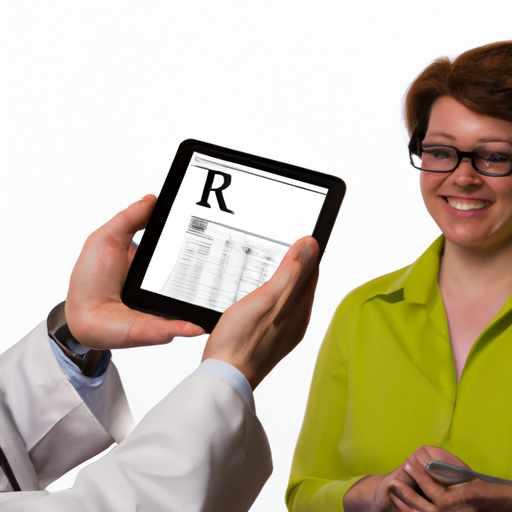The Most Significant Advantage of E-Prescribing in an EHR
E-prescribing, which is the electronic transmission of prescription information from healthcare providers to pharmacies, has revolutionized the way medications are prescribed and managed. When integrated into an Electronic Health Record (EHR) system, e-prescribing offers numerous advantages that significantly improve patient care and safety. In this article, we will explore the most significant advantage of e-prescribing in an EHR.
One of the key benefits of e-prescribing in an EHR is the reduction of medication errors. Traditional paper-based prescriptions are prone to errors such as illegible handwriting, incorrect dosages, and drug interactions. These errors can have serious consequences for patients, leading to adverse drug events and even hospitalizations. However, with e-prescribing, healthcare providers can electronically send prescriptions to pharmacies, eliminating the risk of errors caused by manual transcription.
By integrating e-prescribing into an EHR, healthcare providers gain access to a wealth of patient information that can help them make more informed prescribing decisions. EHRs contain comprehensive patient records, including medical history, allergies, current medications, and lab results. This information is readily available to the prescriber during the e-prescribing process, allowing them to quickly identify potential drug interactions, allergies, or contraindications. This real-time access to patient data significantly reduces the likelihood of prescribing medications that could harm the patient.
Another significant advantage of e-prescribing in an EHR is the improved efficiency and convenience it offers to both healthcare providers and patients. With e-prescribing, healthcare providers can electronically transmit prescriptions to pharmacies, eliminating the need for patients to physically carry paper prescriptions. This saves time for both parties and reduces the risk of lost or misplaced prescriptions. Additionally, e-prescribing allows for automatic prescription renewal requests, reducing the administrative burden on healthcare providers and ensuring patients have continuous access to their medications.
Furthermore, e-prescribing in an EHR promotes better medication adherence among patients. EHRs can send electronic reminders to patients regarding medication schedules, dosage instructions, and refill reminders. These reminders help patients stay on track with their medication regimen, leading to improved health outcomes and reduced healthcare costs associated with medication non-adherence.
In conclusion, the most significant advantage of e-prescribing in an EHR is the reduction of medication errors. By eliminating illegible handwriting and providing real-time access to patient information, e-prescribing significantly improves patient safety. Additionally, e-prescribing offers improved efficiency, convenience, and medication adherence. As healthcare continues to embrace digital transformation, the integration of e-prescribing into EHR systems will undoubtedly play a vital role in enhancing patient care and safety.




